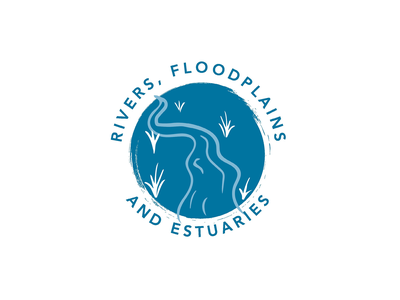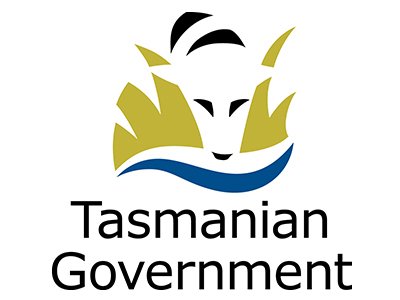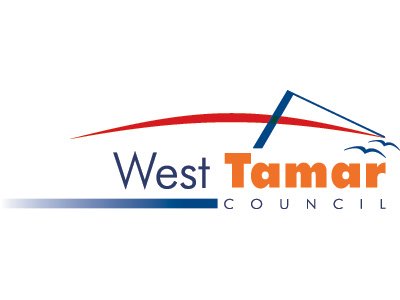Tamar Action Grants
The Tamar Action Grants program provides funding for dairy farmers and graziers in the Tamar Estuary and Esk River catchments to exclude stock from waterways through installation of fencing and water infrastructure.
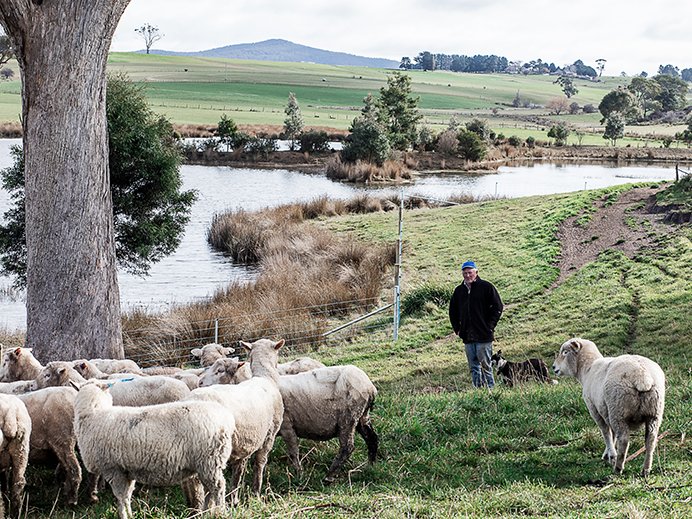
The Tamar Action Grants help landholders improve water quality through a range of measures including the installation of stock-exclusion fencing.
Applications open
Applications open
Round 16: Tamar Action Grants
Status: Applications now closed.
Eligible areas: Meander, North and South Esk, Lake River, Brumbys, Macquarie and kanamaluka/Tamar catchments
Funding is available for:
- waterway fencing;
- alternative stock water;
- stock crossings; and
- revegetation and associated weed management.
Projects can be staged and include multiple sites.
Objectives
Objectives
NRM North has been selected as the preferred provider to deliver the Tamar Estuary River Health Action Plan – Catchment Works Program. The program provides funding to support a range of activities that help improve water quality by reducing pathogen concentrations in the kanamaluka/Tamar estuary.
The Tamar Action Grants aim to improve water quality in the kanamaluka/ Tamar estuary by excluding stock from waterways and rehabilitating riparian revegetation buffers on dairy and grazing farms.
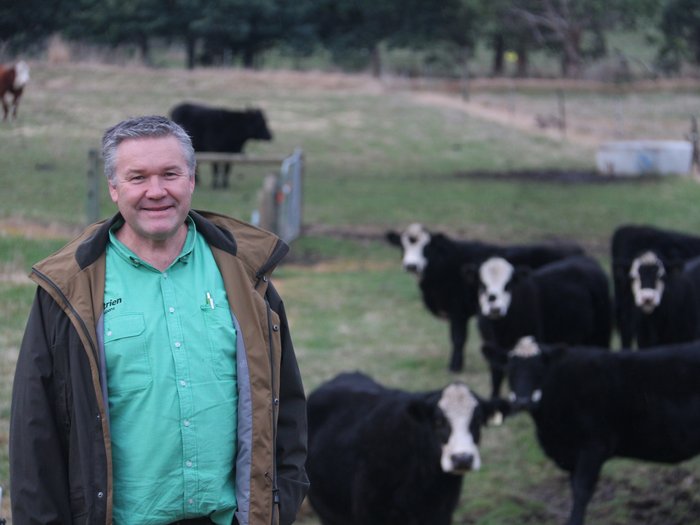
Troughs provide stock with alternative access to drinking water when the stream fencing is installed.
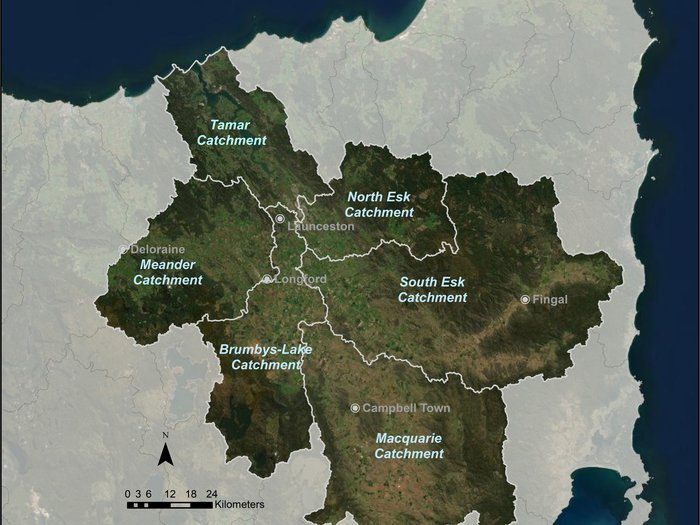
Eligible catchment areas.
Preparing your application
Preparing your application
NRM North provides one-to-one support to graziers and dairy farmers to assist them to apply for funding. Catchment Coordinators will conduct a site visit and provide property-specific project planning, which takes into consideration all waterways on the property and includes assistance in mapping, budgeting and timing of on-ground works associated with fencing.
Some recommended steps that you can do to prepare are:
- Contact NRM North to discuss your property needs
- Understand your legal obligations when working near waterways; and
- Conduct an Aboriginal Heritage Property Search as part of your project.
It is the landholder’s responsibility to have all of the correct permits and approvals before undertaking any works along a river. This includes contacting Forest Practices Authority if you intend on clearing native vegetation as part of your project. Make sure you contact your Local Government Authority prior to starting works.
How are Tamar Action Grants improving water quality in the catchment?
How are Tamar Action Grants improving water quality in the catchment?
3:37 minutes
What is motivating landholders to get involved?
What is motivating landholders to get involved?
3:49 minutes
How simple is the application process?
How simple is the application process?
3:32 minutes

Tamar estuary catchment aerial image.
Helpful resources
Helpful resources
The following resources may assist in developing your application:
- The LIST map for Property Identification Numbers (PID) numbers required for your grant application.
- Floodplain fencing design principles factsheet.
- Riparian Revegetation Plant List for the Tamar catchment.
- Land clearing information factsheet from the Forest Practices Authority.
- Watch the four-part video series that explains why the Catchment Works program is important, what pathogens are, how and why we are reducing them entering the Tamar catchment, and how graziers and dairy farmers are benefiting from the support being provided through the Tamar Action Grants.
- Tasmanian Dairy Effluent Management Contacts for service provides in the Tasmanian effluent management space. Updated April 2023 by Dairy Tasmania.
Quick Q&A
Quick Q&A
To be eligible to apply for a grant you must be a grazier or dairy farmer in the Meander, North and South Esk, Lake River, Brumbys, Macquarie and kanamaluka/Tamar catchments. You must also be an individual or an organisation capable of entering into a legally binding and enforceable agreement with NRM North.
An initial self-check can be done through the online eligibility checker.
Funding is available for the installation of waterway fencing, waterway revegetation and associated weed management, provision of alternative stock water and stock crossings.
Once you have checked whether you are potentially eligible by completing an online eligibility check, a Catchment Coordinator will contact you directly to set up a site visit and support you through the application process.
All applications are prioritised based on a cost-benefit analysis where projects are ranked with consideration of their likely impact on the targeted reduction and value for investment.
The current Tamar Action Grant program will run until February 2025 with three assessment rounds per year.
Partners
This project is supported with funding provided by the Australian and Tasmanian Governments through the Launceston City Deal and the Australian Government Tamar Estuary River Health Grant.
